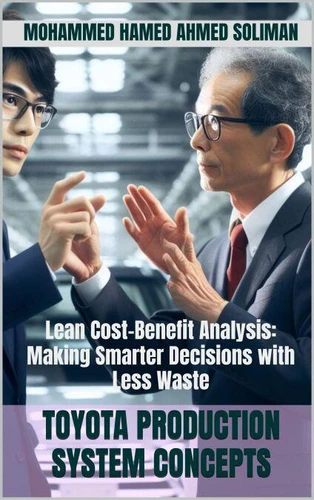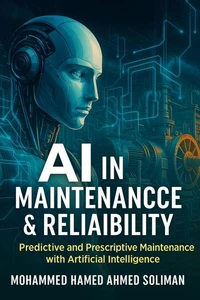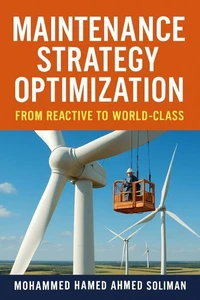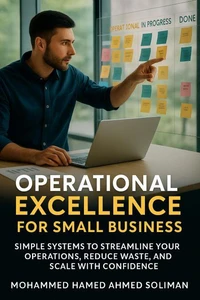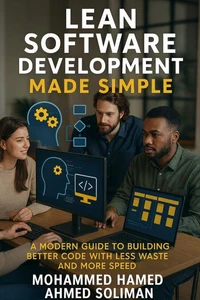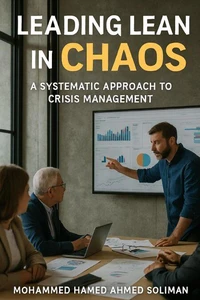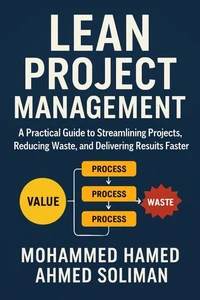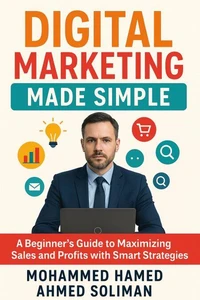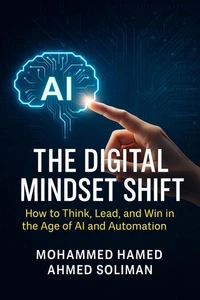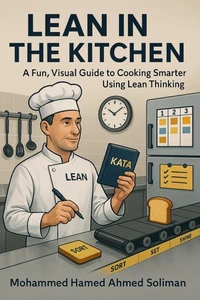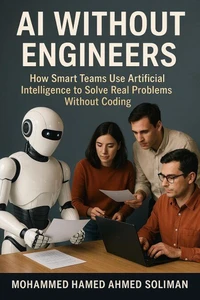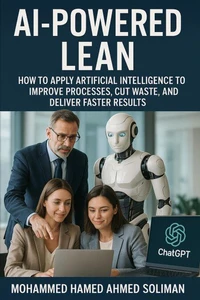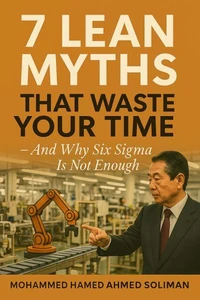Lean Cost-Benefit Analysis: Making Smarter Decisions with Less Waste. Toyota Production System Concepts
Par :Formats :
Disponible dans votre compte client Decitre ou Furet du Nord dès validation de votre commande. Le format ePub protégé est :
- Compatible avec une lecture sur My Vivlio (smartphone, tablette, ordinateur)
- Compatible avec une lecture sur liseuses Vivlio
- Pour les liseuses autres que Vivlio, vous devez utiliser le logiciel Adobe Digital Edition. Non compatible avec la lecture sur les liseuses Kindle, Remarkable et Sony
- Non compatible avec un achat hors France métropolitaine
 , qui est-ce ?
, qui est-ce ?Notre partenaire de plateforme de lecture numérique où vous retrouverez l'ensemble de vos ebooks gratuitement
Pour en savoir plus sur nos ebooks, consultez notre aide en ligne ici
- FormatePub
- ISBN8223878742
- EAN9798223878742
- Date de parution01/11/2023
- Protection num.Adobe DRM
- Infos supplémentairesepub
- ÉditeurDraft2Digital
Résumé
One of the biggest challenges in Lean is this question: "Where's the financial benefit?"In many organizations, Lean feels like a set of good practices with unclear payoffs. But at Toyota, Lean principles and financial decision-making go hand in hand - not just for short-term savings, but for long-term strategic advantage. In this practical and thoughtful guide, Dr. Mohamed H. Soliman explores how to apply Lean Thinking to Cost-Benefit Analysis (CBA) - turning improvement efforts into clear, justifiable business value.
You'll learn: Why Lean must be connected to financial thinking to succeed How Toyota balances cost, benefit, time, and customer value Why short-term ROI can be misleading - and how to think long-term How to evaluate Lean projects in ways finance teams can trust Real-world cases of Lean initiatives with clear financial impact Whether you're a Lean practitioner, manager, or financial analyst, this book helps you bridge the gap between Lean execution and financial logic.
Because in the real world, improvement must make sense - and make money.
You'll learn: Why Lean must be connected to financial thinking to succeed How Toyota balances cost, benefit, time, and customer value Why short-term ROI can be misleading - and how to think long-term How to evaluate Lean projects in ways finance teams can trust Real-world cases of Lean initiatives with clear financial impact Whether you're a Lean practitioner, manager, or financial analyst, this book helps you bridge the gap between Lean execution and financial logic.
Because in the real world, improvement must make sense - and make money.
One of the biggest challenges in Lean is this question: "Where's the financial benefit?"In many organizations, Lean feels like a set of good practices with unclear payoffs. But at Toyota, Lean principles and financial decision-making go hand in hand - not just for short-term savings, but for long-term strategic advantage. In this practical and thoughtful guide, Dr. Mohamed H. Soliman explores how to apply Lean Thinking to Cost-Benefit Analysis (CBA) - turning improvement efforts into clear, justifiable business value.
You'll learn: Why Lean must be connected to financial thinking to succeed How Toyota balances cost, benefit, time, and customer value Why short-term ROI can be misleading - and how to think long-term How to evaluate Lean projects in ways finance teams can trust Real-world cases of Lean initiatives with clear financial impact Whether you're a Lean practitioner, manager, or financial analyst, this book helps you bridge the gap between Lean execution and financial logic.
Because in the real world, improvement must make sense - and make money.
You'll learn: Why Lean must be connected to financial thinking to succeed How Toyota balances cost, benefit, time, and customer value Why short-term ROI can be misleading - and how to think long-term How to evaluate Lean projects in ways finance teams can trust Real-world cases of Lean initiatives with clear financial impact Whether you're a Lean practitioner, manager, or financial analyst, this book helps you bridge the gap between Lean execution and financial logic.
Because in the real world, improvement must make sense - and make money.

